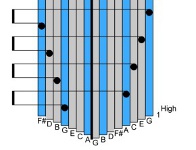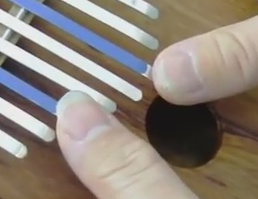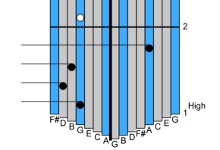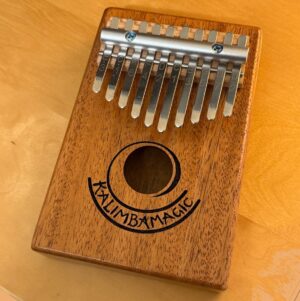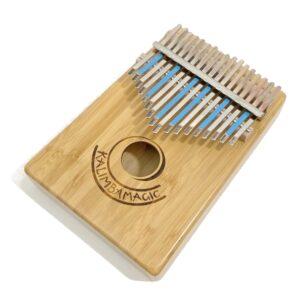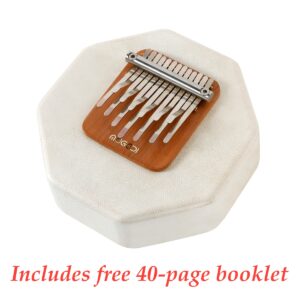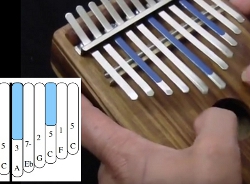
TIP: Exploring Exotic Pentatonic Tunings – p6
More about using the 5th The 5th interval is so important that an entire book could be written on it alone. The attention and time you devote to learning and practicing with it is much more than valuable. Let me hear from you about how you are absorbing and growing with this essential knowledge, which will underscore most of your kalimba endeavors The 5th is such a significant interval that it tends to show up all through the scale, not just between the “1” and the “5”. If you can learn the other pairs of notes on your kalimba that also make 5th intervals, you can bring all of the power of the
